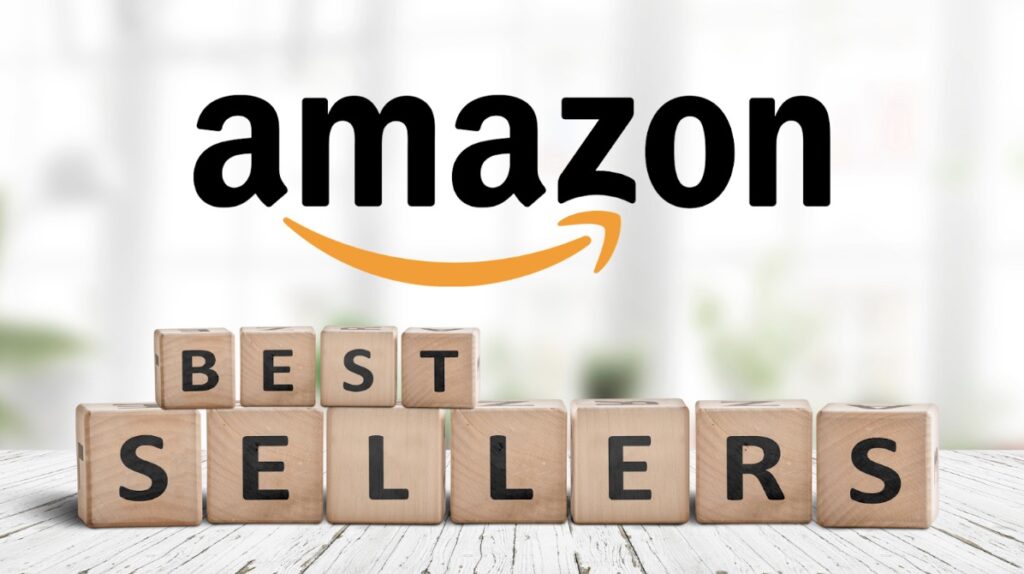Bill Gates once said: “If your business is not on the Internet, then you have no business.” Americans joke: “If this product isn’t on Amazon, it doesn’t exist in nature.”
According to various sources, there are more than 20,000,000 (active!) sellers on the site. This means not only a high level of competition, but also difficulties in finding a unique offer. But here’s the question: “Is it really worth looking for something unique?”.

Any entrepreneur would pay billions of dollars for insider information on which product will be #1 at least for the next month.
But reality shows that demand is shaped by dozens of micro factors:
For example, during the quarantine restrictions, the demand for care cosmetics increased significantly (by 8%). The top list also includes products related to comfortable spending time at home: games, gadgets and kitchen utensils.
Therefore, it is very important to be flexible. And it is thanks to the Private Label strategy that you do not tie yourself to a price category (it is quite possible to combine budget and luxury goods in a single catalogue) or to seasonality. You can easily pick up trendy new products. We’ve told you more about Private Label in this article.
No matter how trite it may seem, the first factor when choosing is, of course, the cost price and the resulting retail price.
According to Statista, 49.2% of users choose a product on Amazon based on the low price criteria.
1. Price. If you want to focus on turnover, then the best price range is $15-30, which allows the user to make an impulsive purchase.
2. Ease of transport. It is important to take into account the size, fragility, and breakage of the goods, especially if you plan to work with FBA. You must admit that it will be quite problematic to deliver glass Christmas tree decorations across thousands of nautical miles to a US warehouse.
3. Personal attitude to the product. At the very least, you should be the target audience of your product or have a desire to dive into the topic – only in this case, you can make the product really interesting for the buyer. At most, you should be an advanced user of the product or even an expert in the chosen niche.
This approach allows you not only to narrow down the search for a top product, but also not to be afraid of competition: with the right positioning, the best quality, and a reasonable price, you are guaranteed to make a profit.

An American proverb that can be interpreted as: “There is a merchant for every commodity”
In general, any product, even a highly competitive one, can be a success. Therefore, focusing on personal preferences is not the worst way to start. It’s also a good idea to choose several related or similar items for the initial test. Therefore, first of all, make a list of 10-20 products with which you would like to enter the Amazon marketplace.
The second step is to assess the prospects of a product based on metrics from special programmes that analyse demand. Read more about this in this article.
You can evaluate the indicators on your own, but we strongly recommend that you trust a specialist, an experienced Amazon manager. This way, you are guaranteed not to lose everything at the very first launch, choose a really profitable, marginal product, and avoid many mistakes made by beginners.
If you are interested in how to start a Private Label on Amazon, please contact us via the form below.